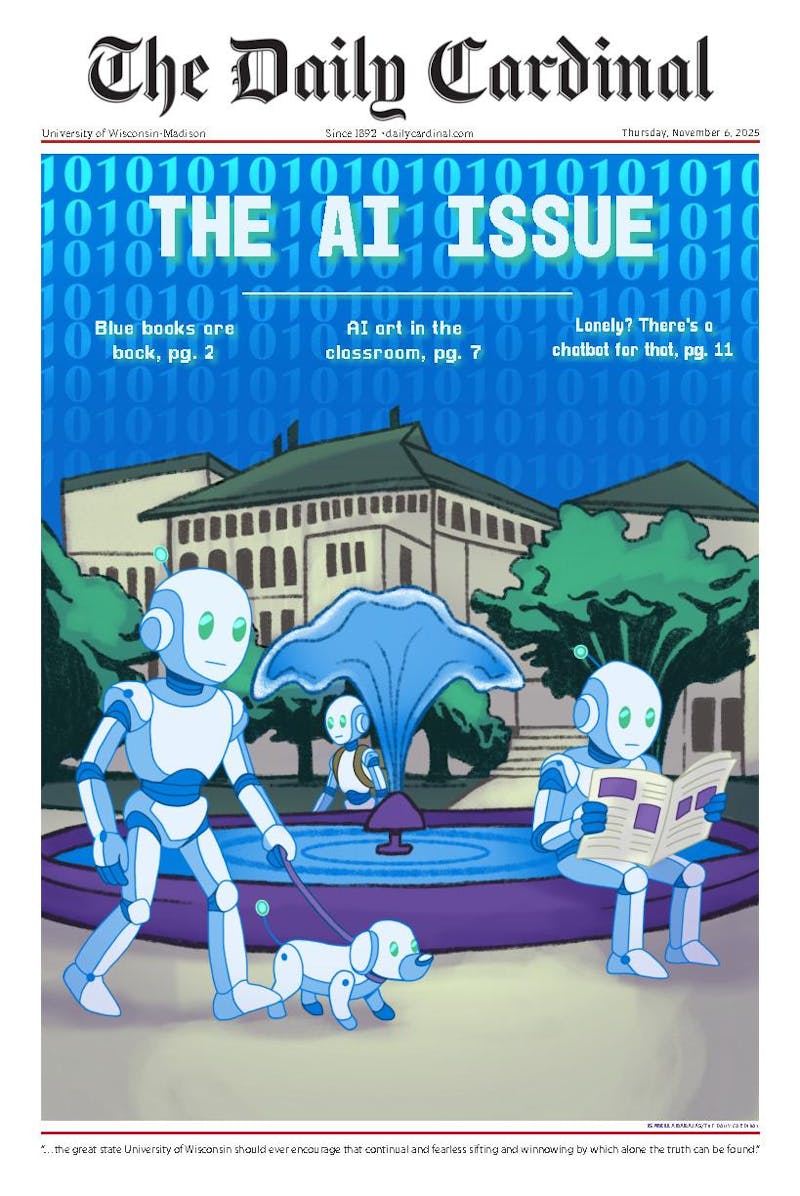Scientists around the world announced a major stem-cell breakthrough recently, with implications for research at UW-Madison and for the ethics of the research itself.
Researchers at the Mount Sinai Hospital in Toronto and the University of Edinburgh, United Kingdom, discovered a way to create stem cells from human skin cells, similar to discoveries made on campus in 2007, but did so without using viruses, according to an upcoming issue of Nature magazine.
""This is the next big step,"" UW-Madison Assistant Professor of ophthalmology and visual sciences David Gamm said. ""What we see from here on out will be a refinement.""
Gamm said at least in theory these findings greatly increase the safety of the technology and bring it much closer to full medical use. Clinical trials on humans with this new technique could begin in three to five years, according to Gamm.
He said previously, some stem cells created from a virus would develop cancers and tumors.
The new technique uses high-voltage electricity to open holes in the cell, which allows DNA to be inserted and to activate dormant stem cell genes.
Some religious groups hailed the discovery as evidence that embryonic stem-cell research could be stopped. However, Gamm said it would be premature to think the new findings would replace embryonic research: ""For the foreseeable future, I cannot see one replacing the other.""
Ian Duncan, UW-Madison professor of medical sciences and radiology, similarly said embryonic stem-cell research should continue and noted that Shinya Yamanaka, who helped pioneer the technique of using viruses, felt ""unequivocally"" that such research should continue.
Duncan said the recent findings were a ""major technical advance,"" but that scientists do not know a lot about how the stem cells created in the new technique may act in later stages of their development.
Ronald Kalil, UW-Madison professor of ophthalmology and visual sciences, said the new discovery does help to ""remove the 800-pound gorilla in the room that nobody wanted to talk about,"" because it could lead to stem cells that would not be rejected by a patient's immune system.
""It's a huge advantage,"" he said. ""The field has advanced at rocket speed.""
Kalil said the possibility of embryonic stem-cell research being replaced by the new technique would only be possible if the former skin cells were biologically equivalent to embryonic stem cells.





